Weekly Data
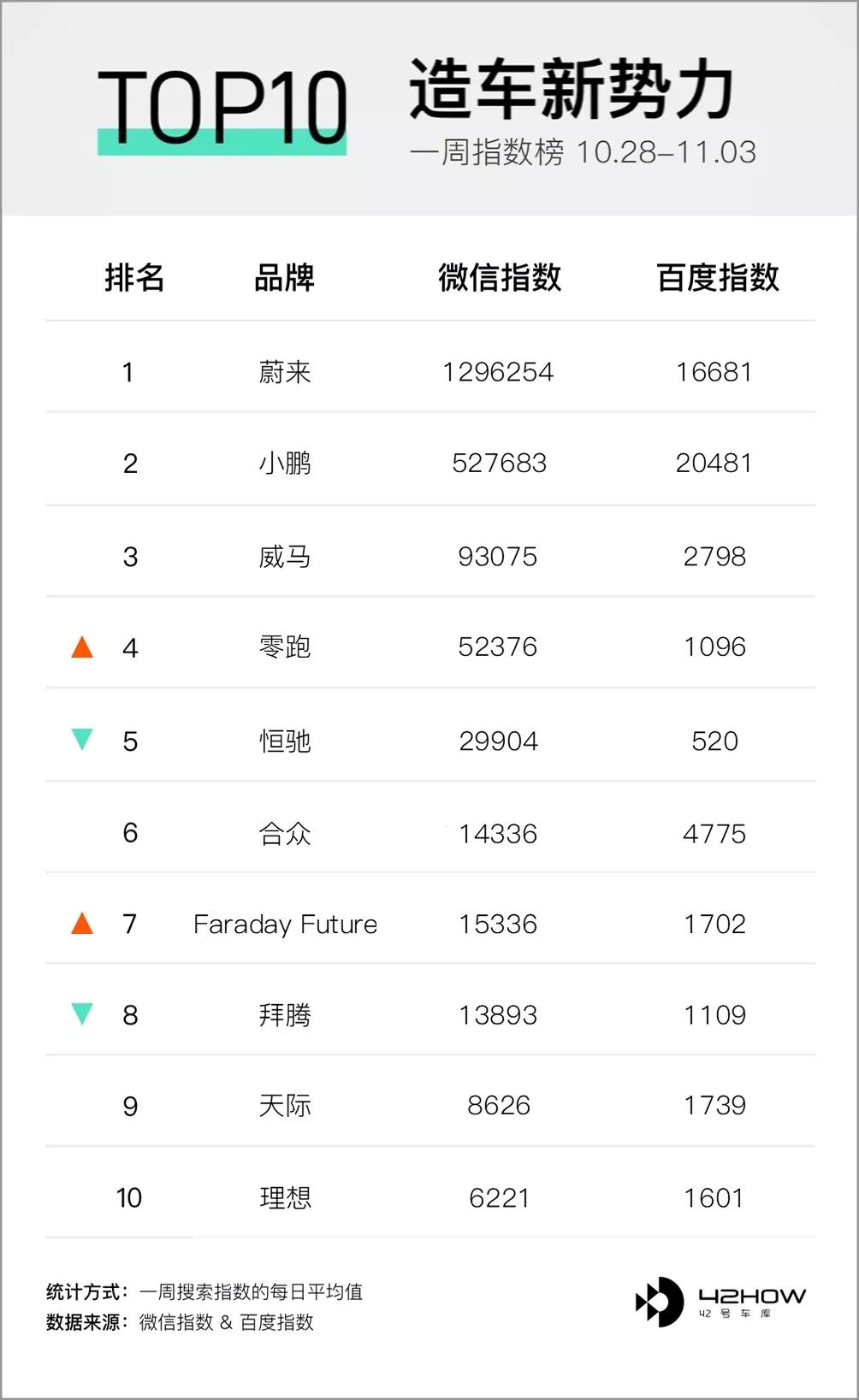
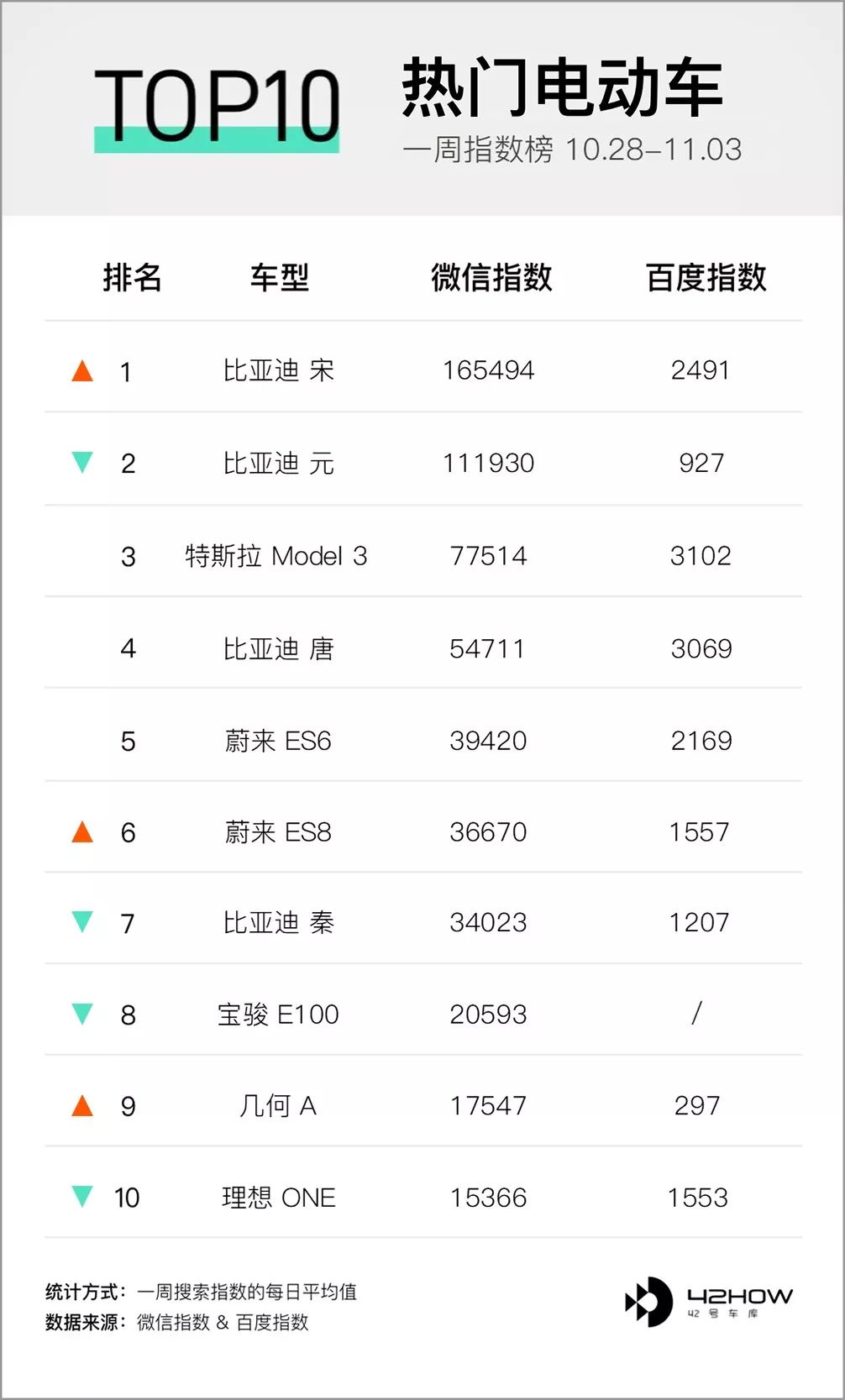
Weekly News
Tesla software update improves performance and recognizes ice cream cones
On October 24th, the new Tesla software update (2019.36.1) was revealed.
The new software update includes the following features:
– Hold Mode: When the car is at a speed lower than 8 km/h, the kinetic energy recovery system will continue to brake until the car stops.
– Departure Time Setting: After setting the departure time, the car will charge the battery to the required level and adjust the temperature inside the car before departure. It also allows for charging before peak electricity prices.
– Power Boost: Output power is increased by 5% (Model 3 increased by 5%, Model S/X increased by 3%), improving acceleration.
– Automatic Navigation: After setting the time and destination, the navigation system will automatically start navigating when you get in the car.
It must be said that these updates are very practical!
However, on November 1st, a Model 3 owner in Taiwan updated this version and found that other than the above updates, Tesla can also recognize ice cream cones, which is a function that Tesla owners have been eagerly anticipating for a long time.
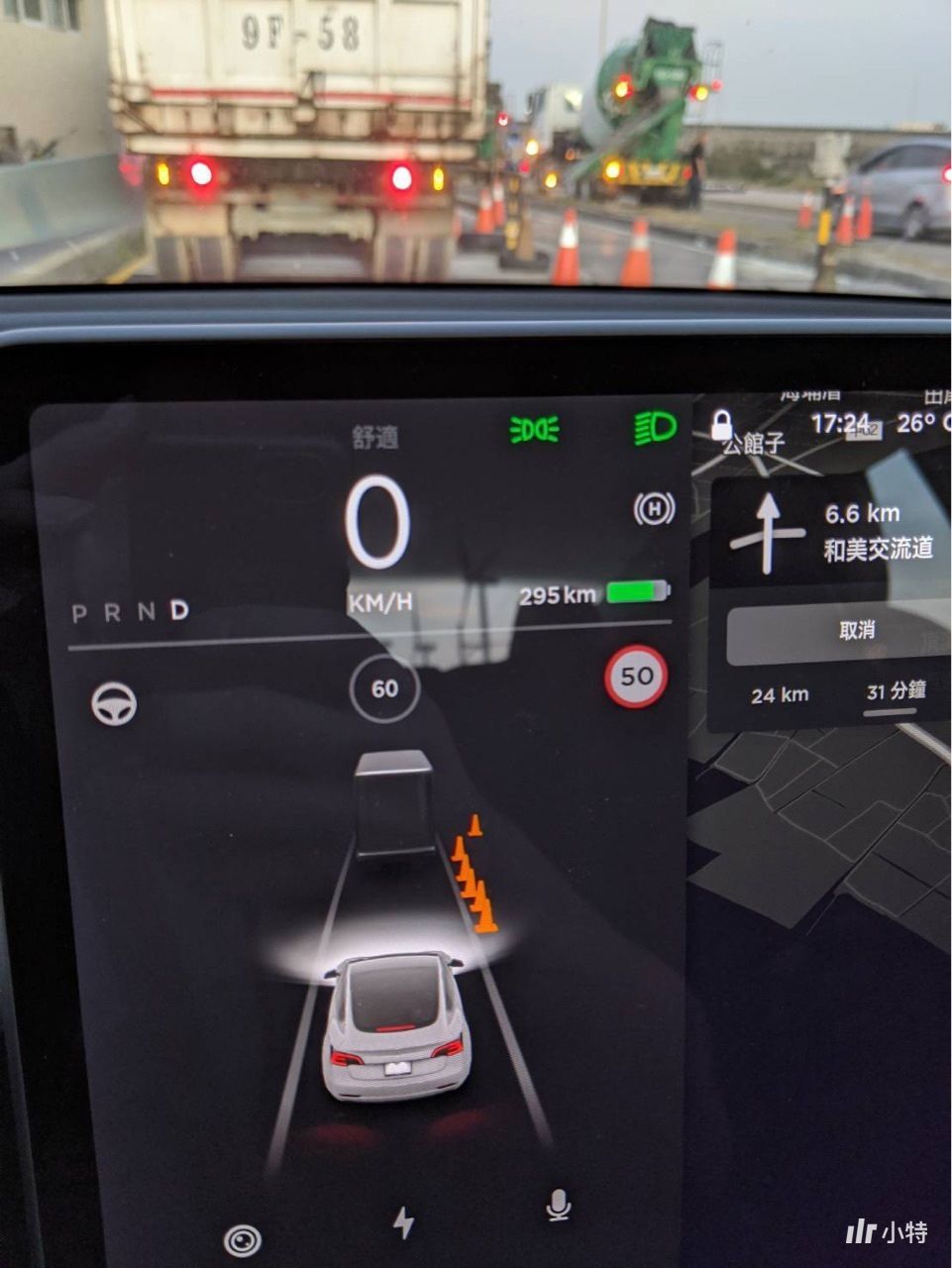
Image from Tesla China Club – Uncle Gary
Quick Comment: I’m sure every Tesla owner who frequently uses Autopilot has experienced having to manually take control of the vehicle because it couldn’t recognize an ice cream cone. Since Autopilot was launched in 2015, in the more than four years since, we’ve complained about it multiple times. Although it arrived a bit late, it has finally been implemented. From a technical and driving safety perspective, Tesla can be said to have taken another small step forward in autonomous driving.> I believe everyone is very eager to experience this latest version, but according to feedback from our car owners, the version is currently only being pushed on a small scale, and only a few car owners have received the update, so everyone still needs to be patient for a while.
Volkswagen ID.3 Confirmed to be Introduced in China, Produced by SAIC Volkswagen
Recently, Volkswagen announced its electrified ID family’s localization plan in Guangzhou. The first mass-produced model of the ID series, ID.3, will be introduced in China and produced by SAIC Volkswagen (the price has not been announced, while the base model abroad is priced at around 30,000 euros).

The ID.3 has three battery versions with available capacities of 45/58/77 kWh and corresponding WLTP ranges of 330/420/550 km respectively.
-
Length, width and height: 426118091552 mm
-
Wheelbase: 2765 mm
-
Curb weight: 1719 kg
-
Drag coefficient: 0.267 Cd
-
Power output: 150 kW
-
Torque: 310 N·m
-
Maximum speed: 160 km/h
Quick comment: Unlike the Golf/ Bora pure electric models currently on the market, which are “oil-to-electric” models made to conform to domestic policies, the entire development and launch process of the ID series is completely dedicated to electric vehicles.
Based on this premise, the first model of the ID series, ID.3, that we can see has a completely new exterior, interior, and even looks futuristic. This car has already been launched in Europe, and we finally no longer need to see Volkswagen’s toy-block design and ubiquitous interior.
Spy Photos of BYD Han, a High-Performance Flagship Sedan, Revealed
As BYD’s first flagship model, Han appeared in BYD’s Dynasty series after the launch of Qin in 2013. After the concept car was released, it has been highly anticipated as a car worth expecting in the first half of next year. Han is developed based on BYD’s BNA structure and e-platform, and is a mid-sized sedan with an estimated body length of about 5 meters.
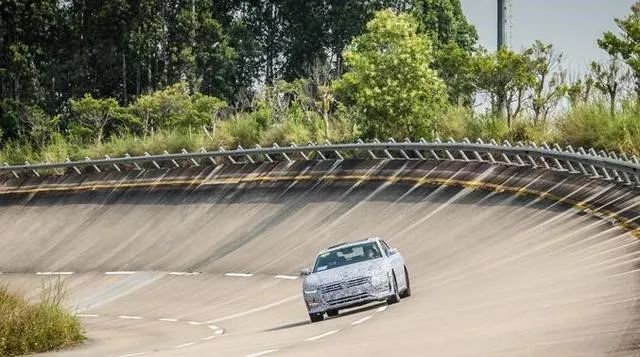
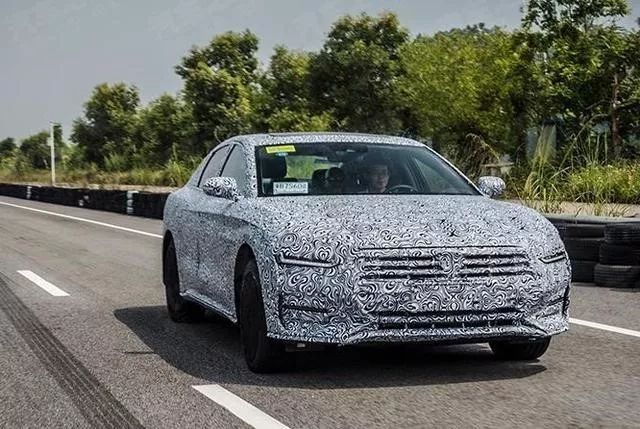
From the spy photos, it can be seen that the Han adopts the hexagonal Dragon Face family-style design language, which makes the whole car look very elegant. In addition, this is BYD’s first model with hidden door handles, and unlike Tesla and Geometry A, the Han uses a pop-up hidden door handle. After unlocking, the entire door handle will pop out, while for Tesla and other cars, only one end of the door handle pops out.
What is worth looking forward to is that the Han will be equipped with a “super lithium iron phosphate battery”, with a maximum range of 600 kilometers. This is developed by BYD to ensure the safety of electric cars. The energy density of this battery’s volume will increase by 50%, which is similar to that of the existing NCM622, but the discharge rate will increase significantly, and its service life can reach 8 years and 1.2 million kilometers. It can also reduce costs by 30%.
Quick comment: The Qin was the first shot of the Dynasty series, and at that time, the domestic new energy subsidy policy was at its best. With subsidies close to half the price of the car, the Qin easily opened up the market. Later, the Tang achieved monthly sales of over 10,000 by relying on its size and appearance.
Now, the headliner of the Dynasty series is finally hitting the market. The Han is positioned as a domestically produced medium-sized flagship. The domestic market for this price range is currently fiercely competitive, including not only luxurious brands such as A4, C-Class, and 3 Series, but also JV manufacturers such as Crown, CC, and many others. Can the Han set an example for domestic brands to boost their brand power? From this perspective, the Han is not only of great significance to BYD, but also a pioneer for domestic brands to challenge the high-end market.
FF is not over yet! FF 91 showcases new features
Faraday Future recently released some feature demonstration videos of the FF 91 on its official website.
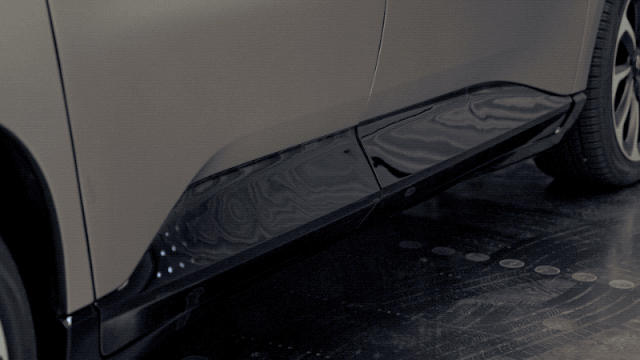
First is the intelligent lighting function. The black decoration panel under the car door seems to be a scratch-resistant strip like that of a cross-type car, but it is actually two light groups that can be illuminated. They will have different dynamic effects in different situations. Its unique LED array can generate dynamic lighting effects to display the vehicle status or achieve a welcoming effect. When the FF 91 is charging, the LED array will emit blue pulses to indicate the current charging level.
As the user approaches the FF 91, the system seamlessly welcomes them by sequentially lighting up with a white light strip and automatically opening the car door.
In addition, FFID will build a customized profile for each user. As users begin to use the FF 91, FFID will continue to adapt to their ever-changing usage behavior, automatically remembering the user’s set temperature, seat position, ambient light color, and entertainment preferences. FFID can also seamlessly adapt the user’s usage preferences to anywhere they go on any seat in any FF vehicle through facial recognition.
Quick Comment: After BYD Founder Wang Chuanfu joined FF, the company seems to have settled down. First, by separating Jia Yueting from FF, then confirming the delivery time. Now, the official website has finally restored the normal information about the car’s features. However, in the face of the most important financing issue, I not only wonder: Is this really an update to the vehicle, or a “financing tool” deliberately released to win favor from investment institutions?
Porsche Taycan Cross Turismo spotted in road tests
Recently, overseas media released a set of road test spy photos of the Porsche Taycan Cross Turismo. The new car is based on the Mission E Cross Turismo, a pure electric crossover model exhibited by Porsche at the 2018 Beijing Auto Show. The car’s body shape resembles that of a station wagon and the car is expected to be officially released next year and begin production in 2021.
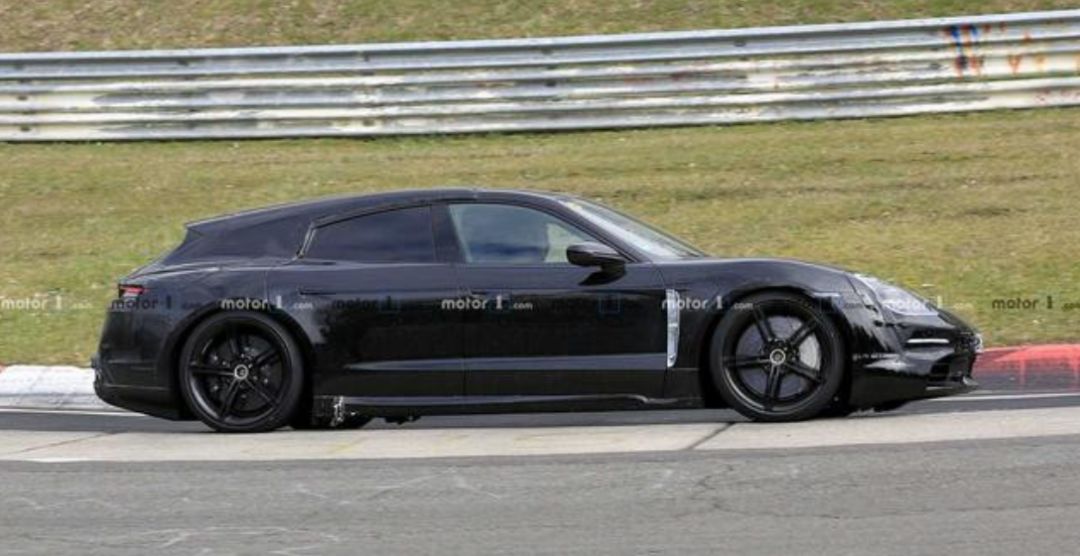
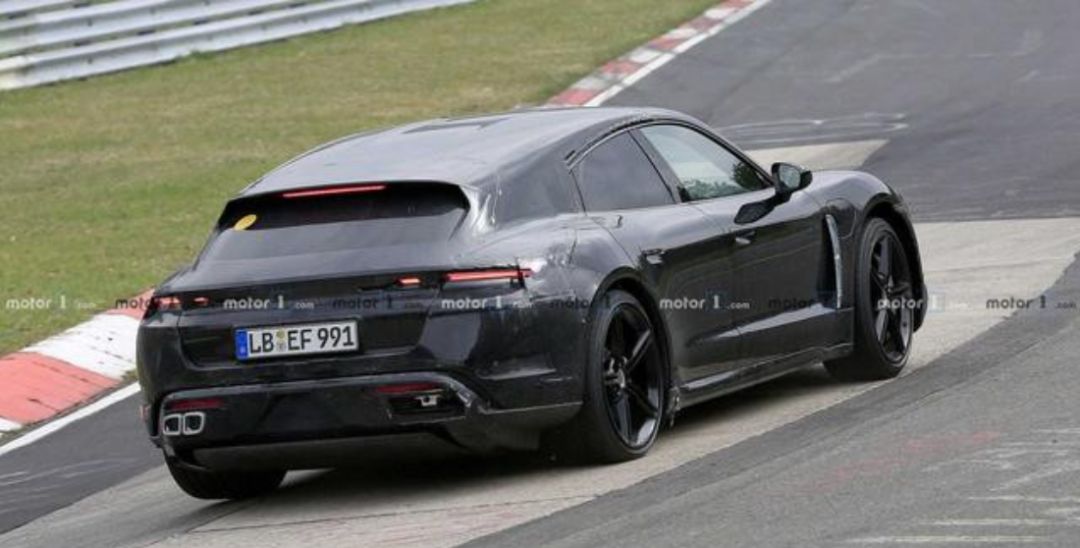
From the spy photos, the new car’s overall design is similar to that of a station wagon or even more like a hunting version. Unlike the ordinary Porsche Taycan, the roofline behind the B-pillar slowly extends backward before dropping down.On the power side, Porsche Taycan Cross Turismo is expected to be equipped with a dual-motor drive system, with a maximum power of 600 PS, an acceleration time of 3.5 seconds per 100 kilometers, a top speed of 250 km/h, and supports fast charging systems. Under the 800 V DC charging pile, it can add 100 kilometers of range in just 4 minutes.
Quick comment: Compared with the sedan version of Taycan, this travel version of Taycan is more stunning in appearance, which is reminiscent of the Ferrari FF at first glance. Not to mention the tri-electric performance, Porsche should put in the top three in the world in terms of exterior design.
Besides, with the acceleration time of 3.5 seconds per 100 kilometers, it has exceeded the famous travel car Audi RS6, which is the natural advantage of electric cars. However, I think it may be more suitable to call this travel version a hunting version, because travel cars are meant to travel and the hundreds of kilometers of battery life of electric cars cannot match the spontaneity of gas-powered cars when traveling.



- Buick Velite 6 Long Endurance Edition is launched; Qingdao Guochuang Motors has received US$100 million in financing | E Weekly News* NIO CFO resigns; Ford to release its first pure electric SUV | E Weekly News

This article is a translation by ChatGPT of a Chinese report from 42HOW. If you have any questions about it, please email bd@42how.com.
